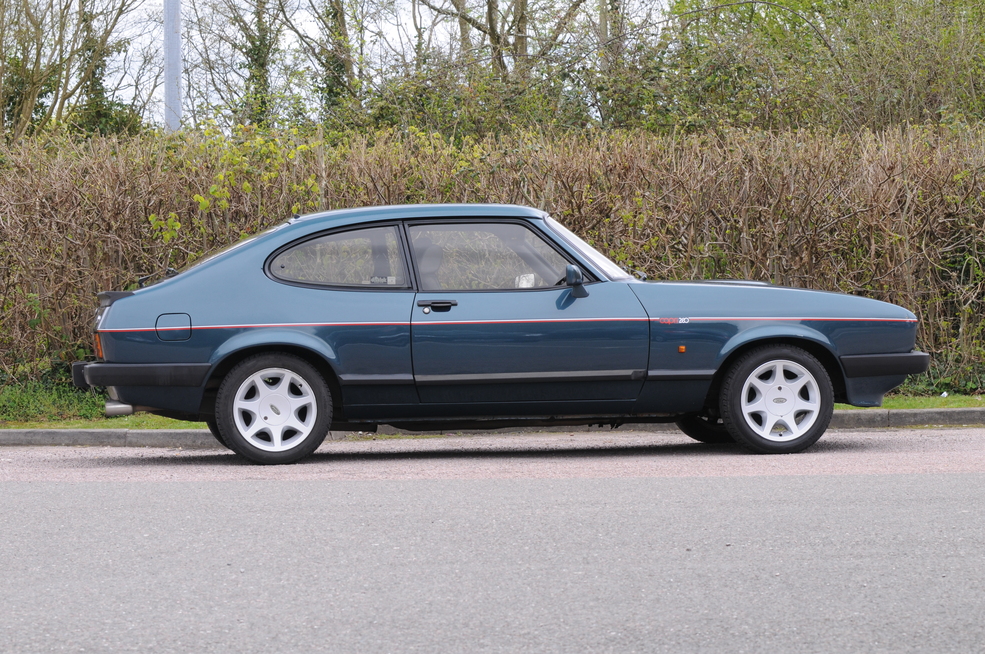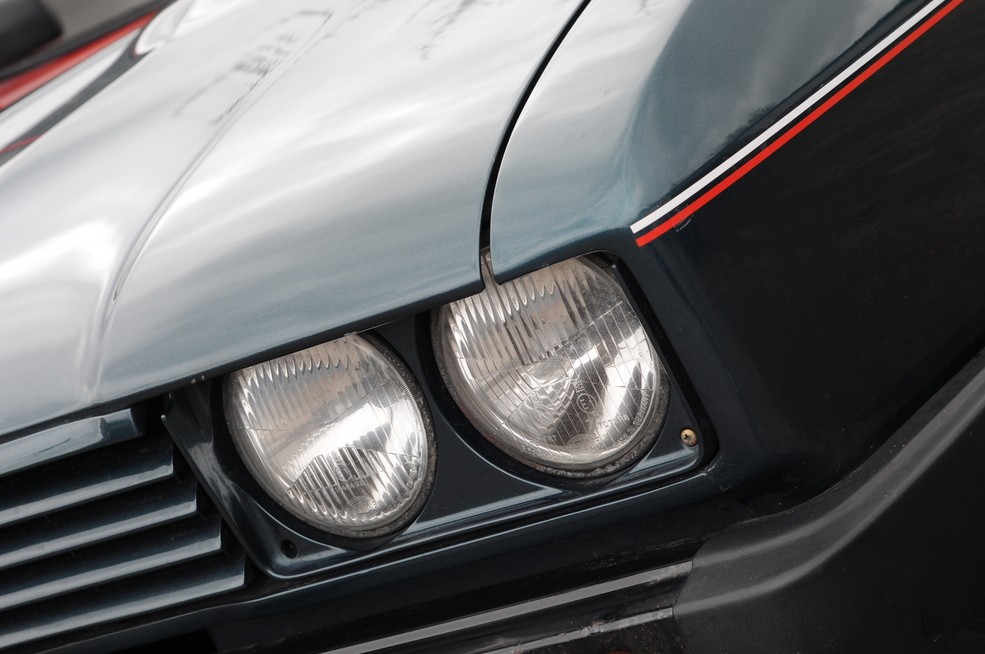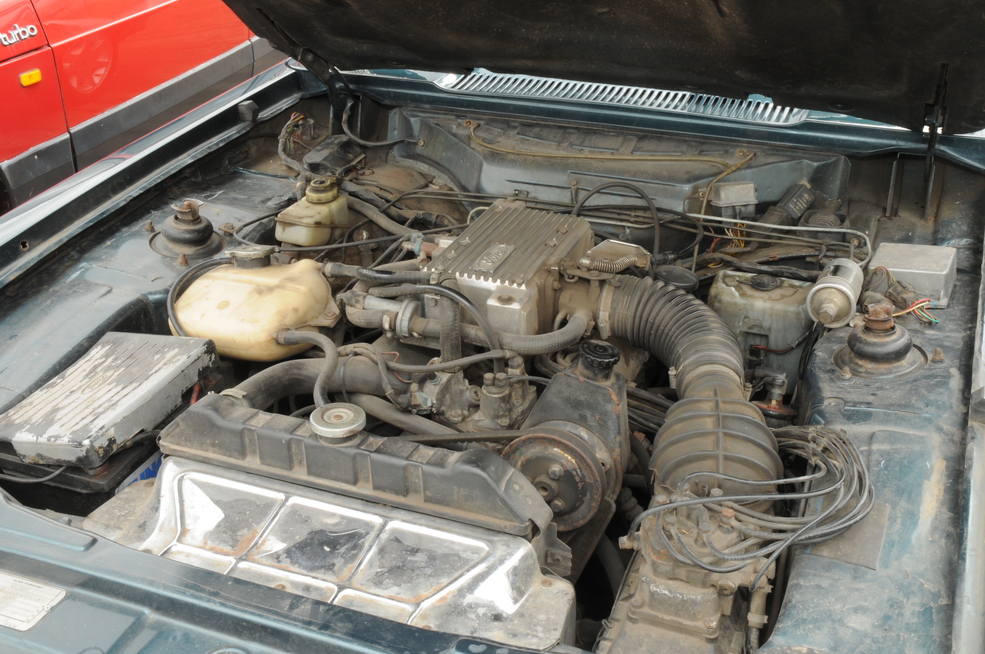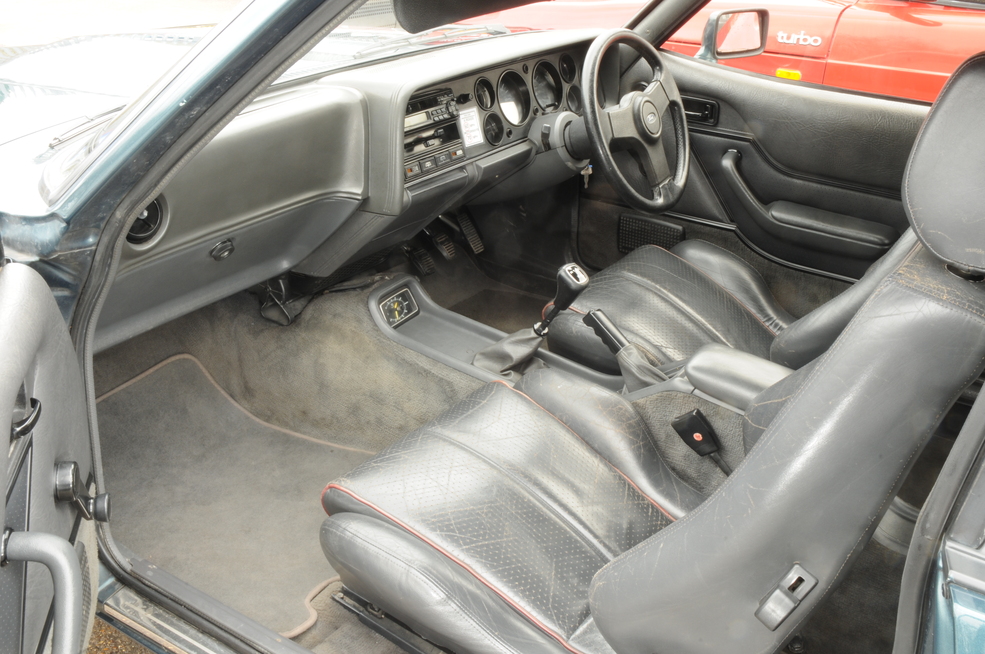The Ford Capri Mk3 ended up being more than just a mild facelift despite Ford of Europe updating the nation’s favourite coupe on a tight budget. Here’s what you need to know
It’s over 50 years since the Ford Capri Mk1 made its debut during the same year that saw man walk on the moon. Since the last of these stylish coupes rolled off the production lines just over three decades ago, values of Ford’s European pony car continue to soar.
Ford set out to design the Capri to be the European equivalent of its bigger sister, the hugely successful Mustang. Although development work for Project Colt – the Capri’s codename – got underway at Dagenham in the mid-1960s, the lion’s share of the work was eventually completed in Cologne. The Capri was a ground-up design and in order to be able to use a V6 powerplant, a Ford Corsair floorpan was adapted to take a wider track, allowing passengers to sit lower in the car.
A dispute with Mitsubishi over the Colt name resulted with Ford settling on the Capri moniker. The new coupe’s first public outing turned out to be a low-key event at the Brussels Motor Show in January 1969. Engine options for UK buyers at launch included the Kent crossflow four-cylinder in 1.3- and 1.6-litre form, a 2.0-litre V4 (offered only in Europe) and the famous 3.0-litre Essex V6. When it came to trim options, buyers could choose a ‘Capri Custom Plan’, which was marketing speak for a total of 32 different combinations of power unit and trim levels – there really was a Capri for everyone.

The Mk1 range was expanded in 1971 with the introduction of the luxuriously trimmed 3000E, along with the RS2600, the first performance-orientated Capri. Although the first-generation Capri sold in huge numbers, tastes were starting to change and the lack of a rear hatch was an inconvenience for some owners with growing families who needed a more practical sporty looking car.
Ford addressed the issue in 1974 with the introduction of the three-door Mk2. Revisions included shortening the bonnet to produce a more spacious cabin and the redesign included incorporating a practical clamshell type rear hatch. Folding rear seat backs – split on some models – added to the revamped Capri’s practicality and to aid driver comfort, power steering and automatic transmission was offered on top of the range models.
Ford sold the revised model as the Capri II rather than the Mk2. The revised Capri was now offered in L, XL or GT variants and engine options included 1.3-litre Kent, 1.6-litre or 2.0-litre Pinto, plus a 3.0-litre V6. The inclusion of a rear hatch certainly revitalised the Capri; today the most desirable of the Mk2 models are probably the legendary JPS-liveried black and gold special editions.

The final incarnation of the Ford Capri was released in 1977 for the following model year. In 1981 the Essex V6 was replaced by the cleaner-burning, fuel-injected Cologne 2.8-litre V6. Today the big money goes on the 2.8 Injection Special, which featured a limited-slip differential, stiffer suspension, half-leather seats, RS-styled seven-spoke alloy wheels and the performance matched the car’s good looks.
Although the 2.8-litre injection had the reputation of being the bad boy of the Capri range, it was the 2.0-litre with the 100bhp inline-four Pinto engine under the bonnet that was the volume seller.
Despite the Mk3 being little more than a heavy facelift of the previous model, it managed to keep the Capri fresh in the face of the competition, which at the time included the VW Scirocco and Opel Manta. With just short of £500,000 to spend to revise the Capri, Ford did well on such a limited budget and spruced the Capri up with black painted bumpers and exterior trim.
Although a fifth-gear option only arrived in 1985, the year before production came to an end, the Capri managed to live up to Ford’s early marketing mantra of being ‘the car you always promised yourself’. Over the Capri’s 18-year production run, the Blue Oval produced three versions of this stylish coupe and sold nearly two million examples.
Sadly, neither the Mazda-based Ford Probe, nor the Mondeo-based Cougar, came close to taking over the crown and becoming the Capri’s spiritual successor. Today, a rear-wheel drive Capri is one of the most sought-after Fords ever produced.

Bodywork
The Capri’s monocoque can corrode badly and serious structural repairs will require hours of expensive skilled labour to fix. Thankfully, third-party panel manufacturers produce a comprehensive selection of new panels and repair sections, which is good news for anyone considering a major restoration of one of these motoring icons.
However, it makes sense to buy the best example you can afford in the first place. A thorough inspection of the lower parts of the bodywork is essential and should include ensuring the shut lines are equal and all the fixed panels line up. Start by kneeling down at one end of the car and look down each flank in turn to check for any tell-tale ripples. There are several double-skinned panels at the rear and these should really be inspected with the car on a ramp, or safely supported on axle stands.
Carefully tap any suspect areas with a screwdriver handle; any bad areas will produce a dull thud rather than a light metallic ring. While inspecting the rear valance on the 2.8 injection, get underneath the car and inspect the condition of the fuel tank. These can rot where the fuel pump is bolted on and the tank will leak if it’s filled too high.
While underneath the car, check the condition of all the suspension mounts, spring hangers, chassis rails and along the length of the inner sills. Next, check the vulnerable front valance for rust, especially around the seams with the front wings before moving to the back of the headlights and the leading edge of the bonnet.
As there are no inner wing liners (sill shields were only fitted to later 2.8s), the wings can rot out at the front just above the headlights, along the rear scuttle and at the bottom behind the front wheels.
Open the bonnet and inspect the area around the top mounts for the MacPherson struts. Repairs are common here, so check the standard of any work. Elsewhere, rust can munch its way through the outer sills, rear wheelarches, door bottoms, and the base of the A pillar where it joins with the sill – check for dropped doors. Bubbling around the sunroof on cars fitted with this option can be an issue and rust can also attack the base of the rear hatch as well as creeping out from under the screen rubbers.

Engine
With proper servicing, all engines fitted to the Mk3 Capri from the 1.3-litre to the 2.8i are long-lasting. Wear usually shows up as rattles, and a clattering Pinto camshaft will be down to a clogged oil feed pipe, which should be replaced when fitting a new shaft. Excessive blue smoke from the exhaust pipe will indicate worn bores and the all-iron V6 can suffer from warped heads and blown head gaskets. Cologne V6s have a fibre timing gear and this can wear, but can be replaced with a noisier steel version.
Regardless of engine, universal checks should include inspecting the condition of the coolant, and making sure there’s no oily film on the surface that could indicate oil contamination. Check the service history to see when the coolant was last changed, as stale anti-freeze mix won’t protect the engine from corrosion or frost damage. A clogged radiator will cause overheating and check the cooling system for split hoses and a leaking water pump.
Ford Motorcraft VV carburettors fitted to some base models are notorious for cold starting issues but many will have been swapped for a Weber unit. The K-Jetronic fuel injection system on the 2.8i is quite basic by modern standards; an analogue set-up rather than one controlled by complex electronics. Once properly set up, the system has proved to be reliable – but problems can arise if the car is allowed to stand for a long time. Rust can build up in the system and this will damage the close tolerances in the distribution unit.

Transmission
While road testing the car, check the operation of the synchromesh; crashing gears will indicate issues in this department. Listen carefully for any bearing noise and check that the ‘box doesn’t jump out of gear, especially on the overrun. Excess vibration could be due to a worn centre propshaft bearing and any issues from a dying clutch will be evident during a test drive.
Automatic gearboxes should swap ratios without snatching and an inspection of the fluid in a healthy gearbox should reveal a smear of bright red AFT on the dipstick. Differentials are almost bulletproof but the pressed metal cover plate can rust out with the resulting loss of lubricant.

Suspension
Nothing out of the ordinary in this department, as the Capri’s suspension is all standard Ford fare of the period. While inspecting the underside, make sure the front MacPherson struts aren’t leaking and that the ends of the coil springs haven’t snapped off. Check the top mounts on the front struts for wear as well as the condition of the track control arm bushes, steering rack and other suspension joints.
Rear shocks should also be checked for leaks or misting and the rear springs for broken leaves. Brake calipers can seize on cars that are used infrequently and warped discs will cause a pulsing brake pedal. Check the condition of the fixed and flexible brake lines as well as the rear wheel cylinders for leaks. If the fluid hasn’t been changed for a while, a new owner should put this job at the top of their ‘to-do list’.

Interior
Although most mechanical bits for the Capri are reasonably easy to source, either through one of the excellent clubs or marque specialists, the same can’t be said for items of interior trim. Seat bolsters are usually worn down to the foam (especially on the Recaro seats), plastic dash tops can crack due to UV damage, door cards get marked by water ingress, while headlinings can be stained and damaged.
All these items are difficult to source and repair, so the condition of the interior is vital unless a new owner enjoys searching for hard-to-find parts. Finally, try all the electrics, especially the heater blower and washers. Problems in these departments can usually be traced to poor fuse box connections, while sender issues are probably the cause of problems with the fuel system on injected cars.






